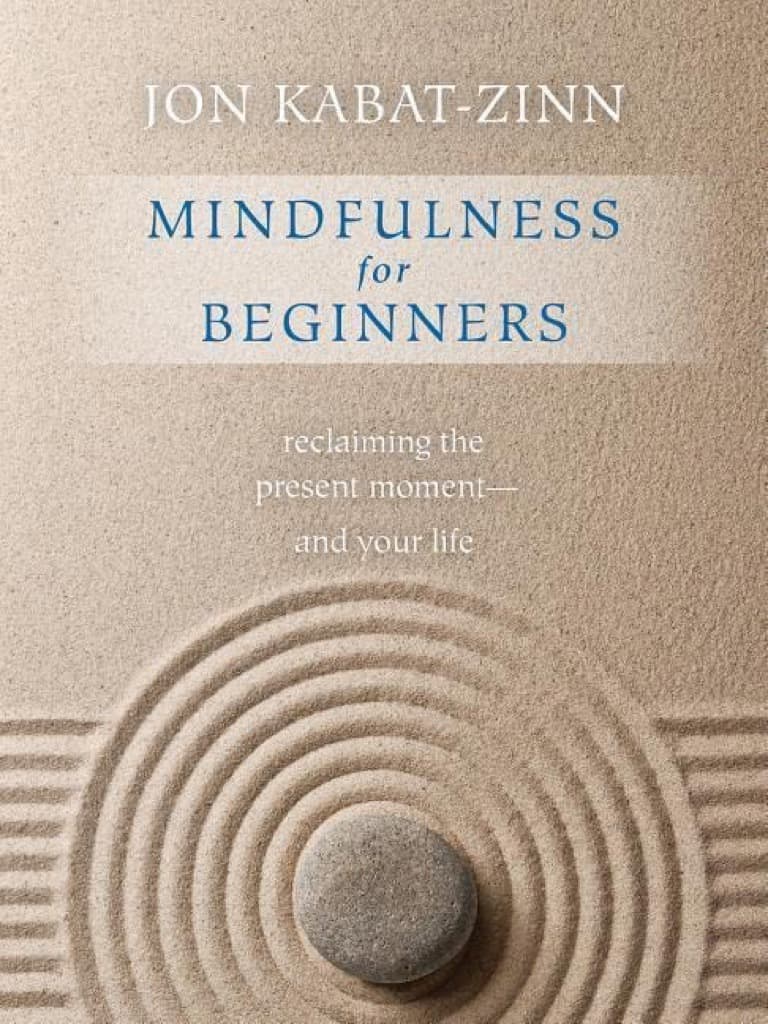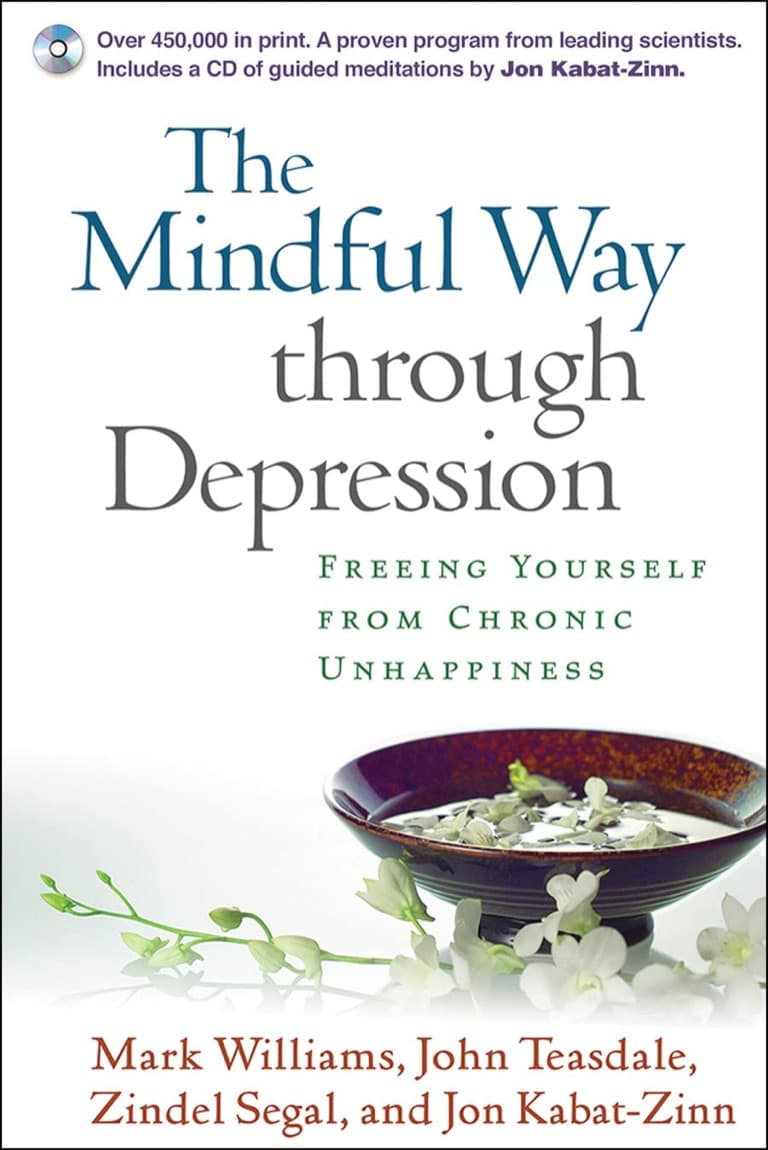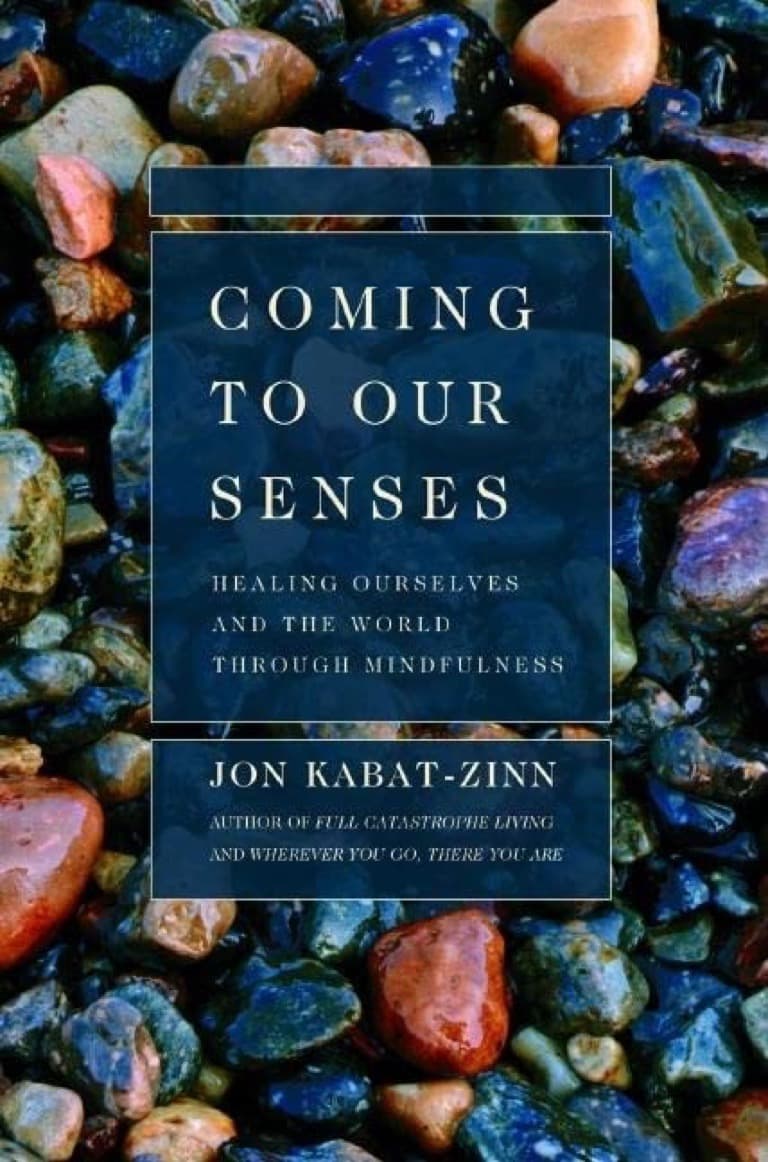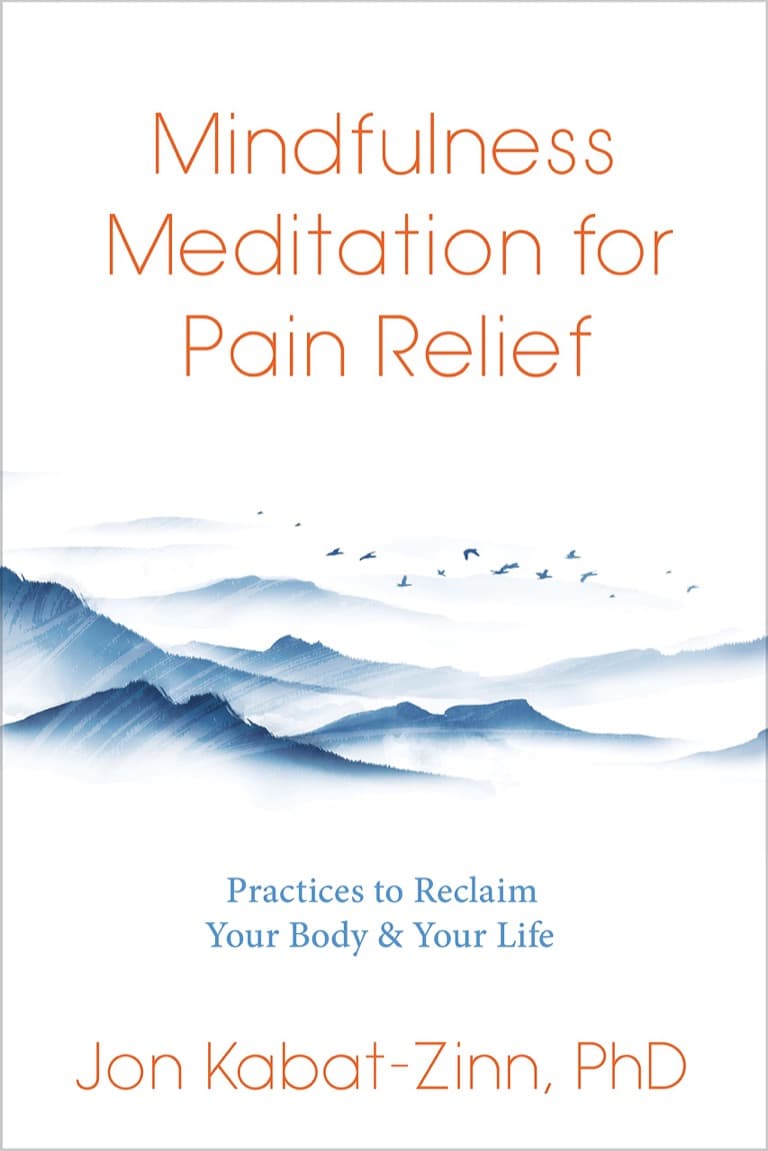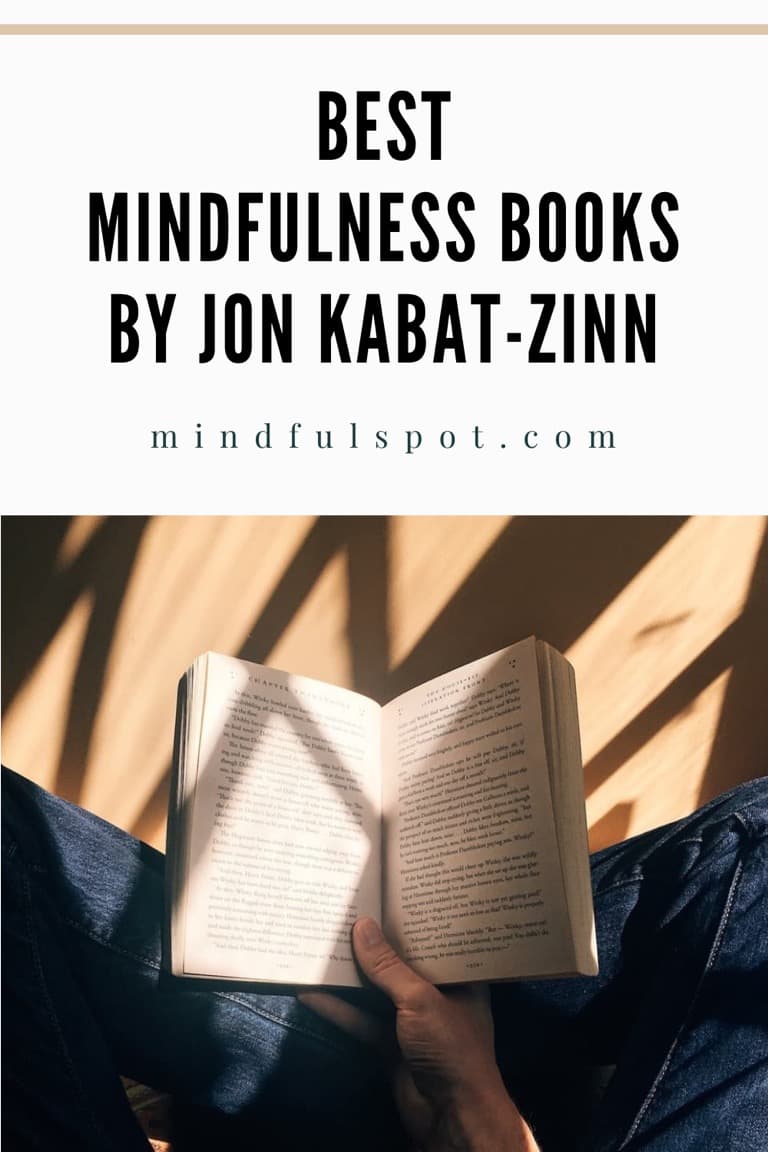Taechang Kim
45 m ·

Taechang Kim
1918年生れの画家掘文子さんの生き方
-考え方-行い方に 好意好感が生じる.
まさに美老の一つの模範のように響く.
本書を読み終えて、最も生命感覚に響いたのは掘さんの最後の一言:
"'息の絶えるまで感動していたい." ( p. 168) 숨이 막힐 때까지 감동하고 싶다.
真の意味で最後の瞬間まで感動し続ける生き様こそ
老熟美の真髄ではないか?!
===
堀文子
出典: フリー百科事典『ウィキペディア(Wikipedia)』
堀 文子
生誕 1918年7月2日
東京都麹町区平河町
(現:東京都千代田区麹町)
死没 2019年2月5日(100歳没)
神奈川県平塚市
国籍
 日本
日本著名な実績 日本画
活動期間 1938年 - 2019年
堀 文子(ほり ふみこ、1918年7月2日 - 2019年2月5日)は、日本画家。東京市麹町区平河町(現・東京都千代田区麹町)生まれ。
来歴[編集]
永田町小学校(現・千代田区立麹町小学校)、東京府立第五高等女学校(現・都立富士高等学校)、女子美術専門学校師範科日本画部(現・女子美術大学芸術学部美術学科日本画専攻)を卒業[1]。府立第五高等女学校時代に自宅近くで二・二六事件に遭遇した[1]。
女子美術専門学校在学中の1938年に第2回新美術人協会展入選。1940年に女子美術専門学校を卒業し新美術人協会会員。『キンダーブック』(フレーベル館)、『ふたば』などで挿画や装幀を描き生計を立てる。
29歳の時に外交官の箕輪三郎と結婚するも43歳のときに死別。
1961年から1963年にかけ世界放浪の旅へ出る。旅の中でアンフォルメル、シュルレアリスムの影響を離れ、日本画の持つ色彩や顔料の美しさに回帰する。
1967年に神奈川県大磯に転居。1974年創画会の結成に参画。
1974年に多摩美術大学日本画科教授に就任。その後、多摩美術大学客員教授として日本画の指導を行う。1999年に多摩美術大学客員教授を退任。
1981年に軽井沢にアトリエを構える。1987年にイタリアアレッツォにアトリエを構える。1992年にアレッツオ市で堀文子個展を開催。1995年にアマゾン川、マヤ遺跡・インカ遺跡へスケッチ旅行。1999年に創画会を退会。
2011年に女子美術大学より名誉博士の称号を得る。
2000年、82歳の時に幻の高山植物ブルーポピーを求め、ヒマラヤ山脈の高地を踏破(「アーティストたちの挑戦 ヒマラヤ 高き峰をもとめて 日本画家 堀文子」(NHK収録/放送、2000年)。2001年に解離性動脈瘤で倒れて[2]以降、長期間の取材旅行に出かけられなくなったことから微生物に着目し、海中に生きる命をモチーフとする作品を発表。これらの作品は画文集や個展で発表された。
自然の中に存在する命や花鳥をモチーフとする作品を多く制作し「花の画家」と呼ばれた。専門の日本画の他、装幀、随筆でも多くの作品を発表した。神奈川県大磯町に在住していた(2012年時点[2])。
2019年2月5日午前0時56分、心不全のため平塚市内の病院で死去[3][4]。100歳没。
洋画家の内海信彦は甥である。
アルビレックスチアリーダーズに2003年から2010年まで所属していた堀文子は、同姓同名の別人である[5]。
主な個展[編集]堀文子展(名都美術館(1994年、2002年))
堀文子展(箱根成川美術館(1994年、2001年))
堀文子展(ニューオータニ美術館(2004年、2007年))
堀文子展(髙島屋(2007年))
堀文子展(ナカジマアート(1997年、1999年、2001年~2006年、2008年、2014年[6])
堀文子特別展(香雪美術館(2010年))
主な著作[編集]生きて死ぬ智慧 (柳澤桂子共著 小学館 2004年10月)
ホルトの木の下で(幻戯書房、2007年)
対談集 ―堀文子 粋人に会う―(清流出版、2009年)
ひとりで生きる 堀文子の言葉 (求龍堂 「生きる言葉」シリーズ 2010年2月)
堀文子美の旅人 画家のまなざしと心を追って 飯島幸永写真集 (実業之日本社 2010年4月)
老いて、若返る 人生、90歳からが面白い (日野原重明共著 小学館 2011年4月)
人生の達人・堀文子の生き方(中島良成共著 中央公論新社 2021年11月)黒柳徹子回想インタビューも収録
極上の流転 堀文子への旅(中央公論新社、2013年。中公文庫、2015年)評伝、巻末に対談画文集堀文子写生集 (マリア書房 1970年)
みち (至光社 1972年)
堀文子写生集 (アート社出版 1976年)
日々去来 (絵と文 アート社出版 1980年9月)
花(JTB、1982年)
季(JTB、1984年)
径(JTB、1987年)
トスカーナの花野 (JTB日本交通公社出版事業局 1991年7月)
愛の季節 堀文子・俵万智画歌集 (アートデイズ 1995年7月)
楽園幻想 (吉行和子 文 講談社 1997年5月)
南の華 堀文子画文集 (JTB 1998年4月)
時の刻印 堀文子画文集 (求龍堂 1999年11月)
命の軌跡 堀文子画文集 (ウインズ出版 2003年4月)
花のスケッチ帳(JTBパブリッシング、2007年)
命といふもの(小学館、2007年)
堀文子展 年月の記録スケッチ帳より (名都美術館、ニューオータニ美術館編 ニューオータニ美術館 2007年9月)
トスカーナのスケッチ帳 (JTBパブリッシング 2008年3月)
堀文子画文集1999〜2009 (JTBパブリッシング 2009年12月)ISBN 978-4533076763
無心にして花を尋ね 堀文子画文集 命といふもの 第2集 (小学館 サライ・ブックス 2009年4月)ISBN 978-4093434355
主な受賞歴[編集]新美術人協会展(第2回(1938年)
創作美術展奨励賞(第1回(1948年)、第2回(1949年)
上村松園賞(1952年)
神奈川文化賞(第36回(1988年))
主な作品収蔵[編集]女子美術大学美術館
神奈川県立近代美術館
成川美術館
東京国立近代美術館
京セラ美術館
兵庫県立美術館
韮崎大村美術館
作品設置[編集]福島空港ターミナルビル(作品名:「ユートピア」(陶板レリーフ))[5]
テレビ出演番組[編集]ヒューマンドキュメンタリー「画家・堀文子 93歳の決意」(2011年9月19日、NHK、戸井十月との鼎談)
こころの時代~宗教・人生~ シリーズ 私の戦後70年 「今、あの日々を思う」(2015年10月11日、NHK Eテレ)[7]
脚注
===
Fumiko Hori
3 languages
From Wikipedia, the free encyclopedia
Fumiko Hori
Born July 2, 1918
Tokyo, Japan
Died February 5, 2019 (aged 100)
Hiratsuka, Japan
Style Nihonga
Fumiko Hori (堀 文子, Hori Fumiko, July 2, 1918[1] – February 5, 2019) was a Japanese artist, known for her paintings in the Nihonga style.
Biography[edit]
Hori was born to a scholarly family in Hirakawacho, in Tokyo, Japan, in 1918.[2][3] In 1940, she graduated from Women's School of Fine Arts (now Joshibi University of Art and Design).[4][5][6] She trained in Nihonga, a traditional Japanese painting style.[2] In 1952, she won the Uemura Shōen Award, given to outstanding Japanese female painters.[7]
In 1960, Hori's husband, a diplomat, died of tuberculosis.[8] Hori decided to travel the world, leaving Japan for the first time and visiting Egypt, Europe, the United States and Mexico.[2] Upon her return to Japan, she moved to the Kanagawa countryside[8] and created works inspired by her travels.[2] The natural world, including flowers and animals, was a theme of her work throughout her career.[3][9]
From the 1950s to the 1970s, Hori created illustrations for magazines and children's books,[2][3] including a 1971 picture book adaption of Tchaikovsky's The Nutcracker that won an award at the Bologna Children's Book Fair.[3][10] She also taught painting at Tama Art University.[9] In 1987, she won the Kanagawa Culture Prize.[9]
Hori lived in Arezzo, in Tuscany, Italy, for five years from 1987, setting up a studio there and painting colourful images of the local setting.[8][3] She continued to travel to countries around the world, including such destinations as the Amazon, Nepal, and Mexico.[8]
In 2000, she survived life-threatening aneurysm; she was inspired by this experience to paint microorganisms, as viewed under a microscope.[2][8] This work appeared in a solo exhibition at Nakajima Art Gallery in Ginza, Tokyo.[8] A ceramic piece based on one of her paintings, Utopia, was installed in the lobby of Fukushima Airport in 2014.[11]
Hori continued to paint into her final years.[2][7] The Museum of Modern Art in Hayama showed a retrospective of her work from November 2017 to March 2018;[12] the earliest piece was a self-portrait from 1930, and the most recent piece was Red-Flowering Japanese Apricot, painted in 2016 when Hori was 98 years old.[2]
Hori died on February 5, 2019, at a hospital in Hiratsuka, Kanagawa Prefecture, at age 100.[10] The Narukawa Art Museum in Hakone, home of over 100 of her works, hosted a memorial exhibition from July to November 2019.[13]
See also[edit]List of Nihonga painters
References[edit]
^ "日本画家・堀文子さんの創作の軌跡を辿る|京都と東京で「生誕100年 堀文子追悼展─旅人の記憶─」開催". サライ.jp|小学館の雑誌『サライ』公式サイト (in Japanese). April 10, 2019. Retrieved January 7, 2020. 堀文子(ほり・ふみこ)大正7年7月2日、東京生まれ。(Fumiko Hori was born in Tokyo on July 2, Taisho 7 [1918]).
^ Jump up to:a b c d e f g h Gleason, Alan. "Starting from Zero: The Liberated Nihonga of Fumiko Hori". artscape Japan. Retrieved December 9, 2019.
^ Jump up to:a b c d e "堀 文子【一所不在・旅】展". Hiyogo Prefectural Museum of Art. Retrieved December 10, 2019.
^ "Fumiko HORI's artworks – Japanese Painting Gallery". Japanese Painting Gallery. Retrieved December 10, 2019.
^ "Hori Fumiko". Gallery Sakura. Retrieved December 10, 2019.
^ 堀, 文子 (2012). "芸術家から見た脳". 認知神経科学. 14. doi:10.11253/ninchishinkeikagaku.14.90.
^ Jump up to:a b "日本画家の堀文子さん死去…100歳 : エンタメ・文化 : ニュース". 読売新聞オンライン (in Japanese). February 7, 2019. Archived from the original on December 10, 2019. Retrieved December 10, 2019.
^ Jump up to:a b c d e f 高橋昇 (March 5, 2019). "【インタビュー】追悼・堀文子さん(日本画家)「旅はひとり。事前に調べもしない、"行ってから驚く"体験主義者です」". サライ.jp|小学館の雑誌『サライ』公式サイト (in Japanese). Retrieved December 10, 2019.
^ Jump up to:a b c "孤高の日本画家・堀文子さん100歳逝く | 大磯・二宮・中井". タウンニュース (in Japanese). February 15, 2019. Retrieved December 10, 2019.
^ Jump up to:a b "日本画家の堀文子さんが死去 絵本でも人気、100歳 | 共同通信". Kyodo News (in Japanese). February 7, 2019. Retrieved December 9, 2019.
^ "Public Art | Fukushima Airport "Utopia"(Fumiko Hori)". Japan Traffic Culture Association. Retrieved December 10, 2019.
^ "HORI Fumiko". Museum of Modern Art. Retrieved December 10, 2019.
^ "【特別追悼展】堀 文子展 ~感謝と哀悼の意を込めて~". www.artagenda.jp (in Japanese). Retrieved December 10, 2019.
===
.png)
별 5개 중 4.1개
4.1/5
103개의 글로벌 등급
이키테 샤누 치 [일본판]
~에 의해Keiko Yanagisawa
총 평가 103개, 리뷰 포함 35개
모든 리뷰를 영어로 번역
미국으로부터
쉬나 앤 바르게세
별 5개 중 5.0개 미국인이 도쿄에서 이걸 골랐어작성일: 2020년 10월 7일 미국
작품이 아름답습니다. 영어와 일본어를 나란히 사랑하십시오. 위대한 고전 Heart Sutra의 멋진 발표.
모모
별 5개 중 5.0개 마음에 울리는작성일: 2022년 6월 12일 일본
확인된 구매
하나하나의 문장을 정중하게 읽었습니다.
5명이 도움이 되었다고 합니다.보고서
리뷰를 영어로 번역
리리
별 5개 중 5.0개 계속 소중히 하고 싶은 책작성일: 2022년 2월 24일 일본
확인된 구매
이 책은 본질을 갖고 있었고, 어떤 종교의 본질도 여기에서 말하는 것일까라고 느꼈습니다.
잊었을 무렵, 반복 읽고 싶은 책입니다.
마음이, 슈트와 자신의 한가운데로 돌아옵니다.
책의 그림은 조금 무섭지만, 표면적인 것에 사로잡혀도 어쩔 수 없네요. 웃음
계속 소중히 합니다.
2명이 도움이 되었다고 합니다.보고서
리뷰를 영어로 번역
안녕하세요
별 5개 중 4.0개 어머니에게 선물2013년 6월 6일 일본에서 검토됨
확인된 구매
어머니가 친구와 최근 '반약심경'의 사경을 시작했다고 들었고, 선물하려고 구입했습니다.
주기 전에 책을 열어 보았습니다만, 매우 아름다운 사양입니다.
하지만 생각했던 대로 내용은 난해입니다.
평범한 말로 철자되고 있지만, 그 개념을 이해하는 것은 어려움을 극복합니다.
저자는, 「반야심경」중에서 가장 유명한 말 「색 즉 시공 하늘 즉 시색」을 「듣고 싶은 형태가 있는 것이 아니면 물질적 존재를 우리는 현상으로서 파악하고 있습니다
만
5명이 도움이 되었다고 합니다.보고서
리뷰를 영어로 번역
현원 베베나
별 5개 중 5.0개 너바나 침묵작성일: 2021년 8월 21일 일본
확인된 구매
반약심경은 최고의 경. 의미를 알면, 질투, 분노, 불안은 버려야 할 감정과. 이 감정은 고집에서 태어나는 것일까라고 생각합니다. 엄선을 버리면 인생은 살기 쉽고 이 책에서 배웠다.
2명이 도움이 되었다고 합니다.보고서
리뷰를 영어로 번역
준토
별 5개 중 3.0개 대응도 빨랐습니다.작성일: 2020년 6월 8일 일본
확인된 구매
여러가지 생각하게 되는 책입니다. 종교에 치우친 책이 아닙니다.
2명이 도움이 되었다고 합니다.보고서
리뷰를 영어로 번역
키라고
별 5개 중 4.0개 어른이 즐길 수 있는 양질의 그림책2018년 9월 13일 일본에서 검토됨
확인된 구매
양자론과 불교, 그 중에서도 유식과의 친화성은 원래 알려져 있는 곳입니다만, 저자는 「하늘」의 개념을 과학의 시점으로부터 만인 알기 쉬운 해석으로 옮겨놓고 있습니다. 나중에 집착은 '이원적인 사고방식'이 원인이며, '일원적으로 보는'이라는 진리로 돌아가는 것이 반약심경의 가르침이라고 합니다. 이 뒤를 잘 이해한 후 본문을 다시 읽으면 더 힘들게 떨어지는 감각을 얻을 수 있을 것입니다. 아름다운 삽화도 즐길 수 있는 양질의 그림책이라고도 할 수 있습니다만, 실례하면서 그림이 너무 심해서 본문이 자아내는 분위기와 매치하고 있지 않다고 생각한 것이 별을 하나 줄인 이유입니다.
11명이 도움이 되었다고 했습니다.보고서
리뷰를 영어로 번역
Amazon 고객
별 5개 중 4.0개 마음의 지원작성일: 2017년 12월 9일 일본
확인된 구매
친밀한 사람을 없애고 반년이 되는 친구에게 주었습니다. 어떻게받을 수 있는지는 그녀에게 달려 있기 때문에 조금 긴장하고 있습니다.
반약심경을 읽어내는데 있어서, 현대의 저희에게 제일 알기 쉬운 책,이라고 하는 생각이 듭니다.
1명이 도움이 되었다고 했습니다.보고서
리뷰를 영어로 번역
한 아이, 교사, 책, 펜
별 5개 중 4.0개 오히려 당연한 현대 해석 중 하나2013년 3월 10일 일본에서 검토됨
확인된 구매
반약심경은 대승불교의 에센스 중의 에센스.
불교에는 원래 우주론과 세계관, 과학과 철학이라는 면이 있는 것처럼 느낀다.
그것은 서양 문명처럼 수학과 논리를 도구로 하지 않고, 투철한 관찰과 사색, 직감을 바탕으로 한 것이라고 생각한다.
그 반약심경을 현대의 이수계의 사람이 해석한다면 저자에 한하지 않고 이런 해석이 되는 것은 아닐까.
결코 이단이나 센세이셔널한 해석이 아니라고 생각한다.
문학에서도, 명작만큼 읽을 때마다 여러가지 발견이 있고, 읽는 사람에 의해 여러가지 메시지를 느낀다.
하물며, 고래연연하게 전해져 온 불교 진리에 있어서 아자.
그리고 그림이 훌륭합니다. 「그림책, 반약심경」이라고 해도 좋은 정도일지도 모른다.
「모든 것은 하늘이다」라는 달관은 니히리즘에도 포기로도 이어질 수 있다.
그러나 만물이 옮겨가는 것이야말로 한정된 길이인 '목숨'과 '지금·여기'에 감사하고 소중히 해야 한다고도 말할 수 있다.
,, 그 양극까지를 포함한 것이, 「깨달음」이라고 하는 것일까?
10명이 도움이 되었다고 합니다.보고서
리뷰를 영어로 번역
Amazon 고객
별 5개 중 4.0개 이 책은 알기 쉽고 반약 심경을 해설하고 있습니다.2015년 4월 20일 일본에서 검토됨
확인된 구매
십년 전, NHK 방송에서 이 책을 알고 애독했습니다. 반약심경은 전부 암기하고 있었지만, 이 책에서 다시 그 의미하는 곳의 깊이를 재인식한 대로입니다. 그리고 최근 친밀한 친구 두 명이 여러가지 고민하고 있었으므로, 이 책을 2권 구입해, 두 사람에게 선물 했습니다.
2명이 도움이 되었다고 합니다.보고서
리뷰를 영어로 번역
이전 페이지
다음 페이지

후원
고객 서비스가 필요하십니까?
‹ Ikite shinu chie [일본어판] 자세히 보기
===

The Last Hour of Grace Paperback – January 1, 2004
by Fumiko Hori (Author), Etsuko Tanaka (Author)
From the back cover: Over her long career, Fumiko Hori has won acclaim as one of the prime exponents of the style of Japanese painting known as nihonga. In "The Last Hour of Grace," the English-reading audience is presented for the first time with a comprehensive introduction to this artist in the form of essays by Hori, dialogues in which the artist discusses her life and her art and a generous sampling of her older and recent works.
48 pages
Product details
Publisher : Winds Publications (January 1, 2004)
Language : English
Paperback : 48 pages
===




